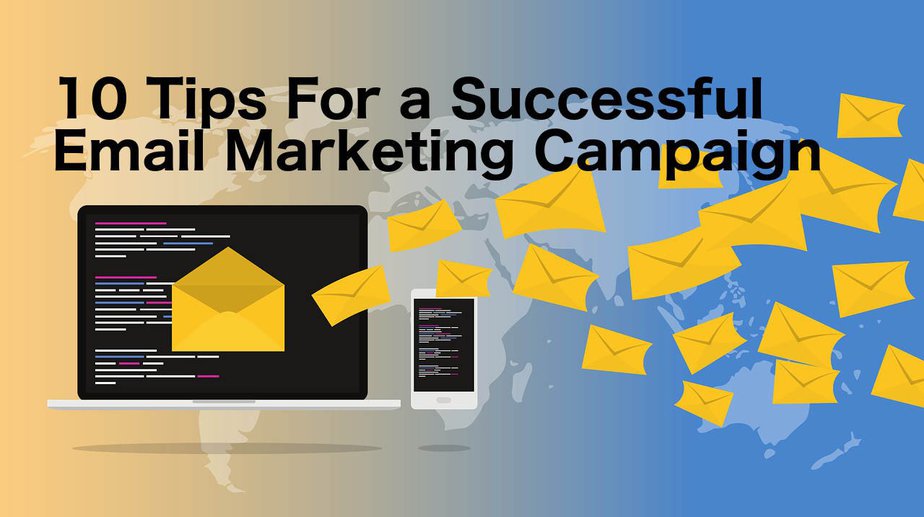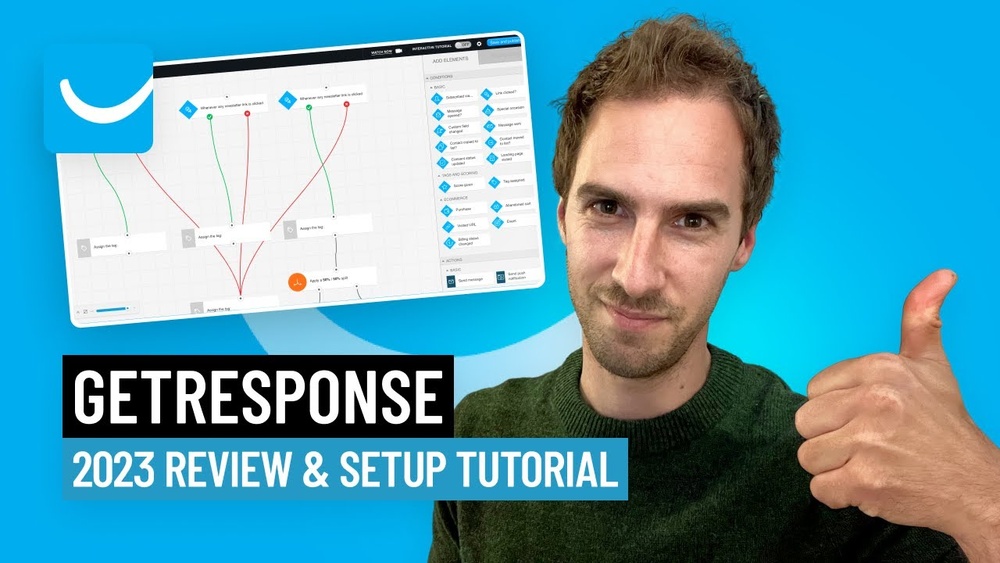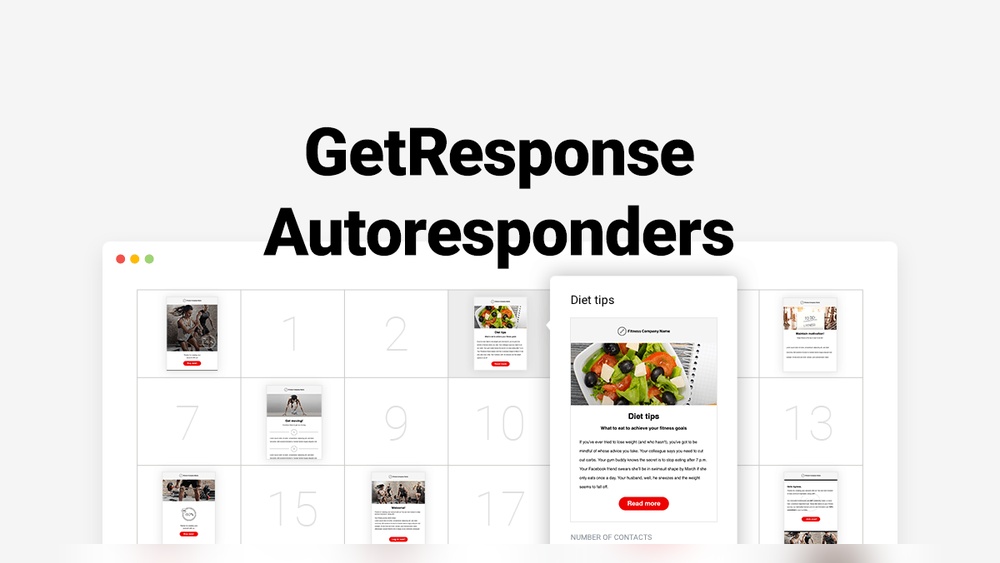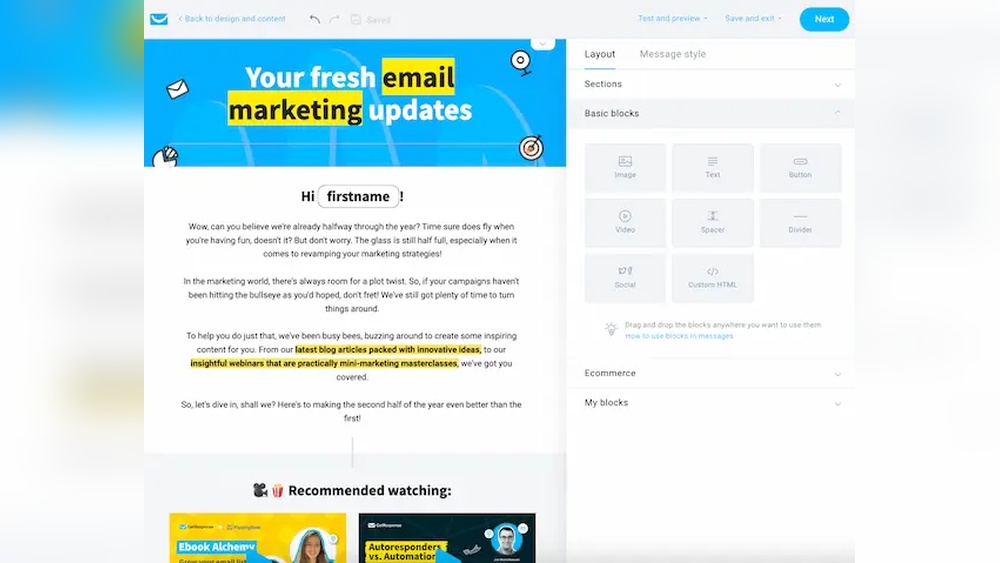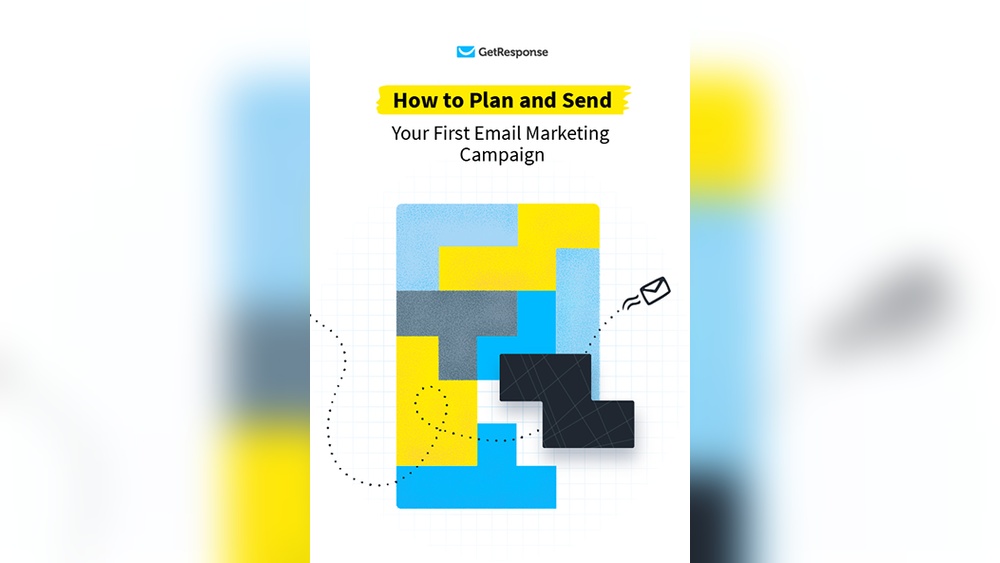1. Use compelling subject lines and personalize your emails.
Segment your audience for targeted content. Email marketing remains one of the most effective ways to connect with your audience. By implementing the right strategies, you can boost engagement and drive conversions. A successful email campaign hinges on several key factors.
These include crafting engaging content, personalizing messages, and segmenting your audience. Regularly analyzing performance metrics also plays a crucial role. Understanding your audience’s preferences and behaviors helps in creating relevant content. Additionally, maintaining a clean email list ensures higher deliverability rates. Consistency in sending emails keeps your brand top-of-mind. Utilizing these tips can significantly enhance your email marketing efforts.
The Rise Of Email Marketing
Email marketing has seen a significant rise in recent years. It remains one of the most effective digital marketing strategies. With the growth of the internet, email marketing has evolved to become a powerful tool for businesses.
The Digital Revolution
The digital revolution has transformed how businesses communicate with customers. Email marketing has been at the forefront of this change. The widespread use of smartphones and the internet has made email a primary communication channel.
Businesses can now reach customers instantly through their email inboxes. This direct line of communication allows for personalized and targeted marketing efforts. The digital revolution has made it easier to track and measure email campaign success. Advanced analytics provide insights into open rates, click-through rates, and conversion rates.
| Before Digital Revolution | After Digital Revolution |
|---|---|
| Traditional mail campaigns | Email marketing campaigns |
| Limited reach | Global reach |
| Slow delivery | Instant delivery |
| Difficult to track | Easy to track |
Why Email Marketing Endures
Email marketing endures because it delivers results. It offers a high return on investment (ROI) compared to other marketing channels. Businesses can create targeted campaigns based on customer data.
Email marketing allows for personalization. Personalized emails have higher open rates and engagement. Customers appreciate content that is relevant to their interests. Email marketing is cost-effective. Sending emails is cheaper than traditional mail or advertising.
- High ROI
- Personalization
- Cost-effective
- Direct communication
- Measurable results
Email marketing also builds customer relationships. Regular communication keeps customers informed and engaged. It is a valuable tool for customer retention and loyalty.
Setting Campaign Goals
Setting clear goals is essential for a successful email marketing campaign. Goals guide your strategy and help measure success. Without clear goals, your efforts may lack direction and effectiveness.
Identifying Objectives
First, identify your objectives. What do you want to achieve with your campaign?
- Increase brand awareness
- Boost sales or conversions
- Grow your email list
- Enhance customer engagement
- Promote a new product or service
Knowing your objectives helps create focused and targeted emails. This increases the chances of achieving your goals.
Measurable Targets
Next, set measurable targets for each objective. Use specific metrics to track progress.
| Objective | Metric | Target |
|---|---|---|
| Increase brand awareness | Open rate | 25% |
| Boost sales | Conversion rate | 5% |
| Grow email list | New subscribers | 500 |
| Enhance engagement | Click-through rate | 10% |
| Promote product | Sales numbers | 100 units |
Measuring targets helps track your progress and adjust strategies. This ensures you stay on the path to success.
Understanding Your Audience
Understanding your audience is vital for a successful email marketing campaign. Knowing who your audience is allows you to tailor your messages effectively. This leads to higher engagement rates and better conversion rates. Let’s dive into some strategies to help you understand your audience better.
Segmentation Strategies
Segmentation is key to understanding your audience. By dividing your email list into smaller segments, you can target specific groups. This makes your emails more relevant to each recipient.
- Demographics: Segment based on age, gender, or location.
- Behavior: Group subscribers by their purchase history or website activity.
- Interests: Use data from surveys or past interactions to segment by interest.
These strategies help you send more personalized emails, increasing engagement.
Personalization Techniques
Personalization goes beyond just using the recipient’s name. It’s about making the content feel unique to them.
- Dynamic Content: Show different content to different segments of your audience.
- Personalized Recommendations: Use data to suggest products or services.
- Triggered Emails: Send emails based on user actions, like a purchase or cart abandonment.
These techniques make your emails more engaging and relevant, which can boost your conversion rates.

Credit: business.adobe.com
Crafting Compelling Content
Creating compelling content is key to a successful email marketing campaign. Your emails need to grab attention and keep readers engaged. Let’s explore some strategies to craft irresistible content.
Writing Engaging Subject Lines
Subject lines are the first thing your audience sees. They need to be catchy and to the point. Use actionable language and create a sense of urgency.
- Keep subject lines under 50 characters.
- Use personalization to grab attention.
- Include numbers or lists to stand out.
| Good Subject Line | Bad Subject Line |
|---|---|
| Exclusive Offer Just for You! | Check Out Our New Products |
| Save 20% Today Only | Discounts Available Now |
Creating Valuable Body Content
The body of your email should offer value. This keeps your audience engaged. Use clear and concise language to convey your message.
- Start with a strong opening sentence.
- Use bullet points for easy reading.
- Include images or videos to break up text.
- End with a clear call to action.
Make sure your content is relevant to your audience. Address their pain points and offer solutions.
Designing For Impact
Crafting an impactful email design is crucial for a successful marketing campaign. Your email should grab attention and engage readers from the first glance. Let’s explore how to achieve this through visual elements and responsive layouts.
Visual Elements
Visual elements play a significant role in your email’s success. Use high-quality images that align with your brand’s message. Ensure your images are properly optimized to load quickly.
- High-quality images: Use clear, relevant pictures.
- Brand colors: Stick to your brand’s color palette.
- Eye-catching headers: Make your headers stand out.
| Visual Element | Purpose |
|---|---|
| Images | Engage and attract attention |
| Colors | Maintain brand consistency |
| Headers | Highlight key information |
Responsive Layouts
Responsive layouts ensure your email looks good on all devices. A responsive design adapts to different screen sizes, improving user experience.
- Use flexible grids: Grids adjust to various screens.
- Test on multiple devices: Ensure compatibility on phones, tablets, and desktops.
- Simplify navigation: Easy-to-click links and buttons.
Responsive design not only enhances readability but also boosts engagement. Make sure your email is easy to read and navigate on any device.
Testing And Optimization
Email marketing campaigns can yield significant returns. Yet, without testing and optimization, your efforts might fall short. To ensure success, it’s crucial to continually test and refine your strategies. This section will explore essential aspects of testing and optimization, helping you achieve better results with your email campaigns.
A/b Testing Essentials
A/B testing is a fundamental practice for email marketing. It involves comparing two versions of an email to see which performs better. Here are key steps to follow:
- Identify the Element to Test: Focus on one element at a time, such as subject lines, call-to-action buttons, or images.
- Create Two Versions: Develop version A (control) and version B (variant) of your email.
- Split Your Audience: Divide your email list into two equal segments. Each segment should receive one version of the email.
- Measure Performance: Track metrics like open rates, click-through rates, and conversions to determine the winning version.
- Implement Findings: Use the insights gained to optimize future emails.
Analyzing Campaign Data
Analyzing campaign data is critical for continuous improvement. Here’s how to effectively analyze your email marketing data:
- Track Key Metrics: Monitor open rates, click-through rates, bounce rates, and conversion rates.
- Use Analytics Tools: Utilize tools like Google Analytics and email marketing platforms to gather data.
- Compare Against Benchmarks: Measure your performance against industry benchmarks to identify areas for improvement.
- Identify Trends: Look for patterns in your data to understand what resonates with your audience.
- Segment Your Data: Break down data by demographics, behavior, and other factors to gain deeper insights.
By focusing on A/B testing and analyzing campaign data, you can optimize your email marketing campaigns for maximum impact. Keep testing, analyzing, and refining your approach for continuous improvement.
Timing And Frequency
Timing and frequency are crucial for any email marketing campaign. Sending emails at the right time can boost open rates. Sending too many emails can lead to unsubscribes and complaints.
Best Practices
Follow these best practices to optimize timing and frequency:
- Analyze your audience: Understand their behavior and preferences.
- Use data-driven insights: Track and analyze past email performance.
- Test different times: Send emails at various times to find the best results.
- Consider time zones: Your audience might be global, so time it right.
- Segment your list: Group your audience based on their engagement.
Avoiding Email Fatigue
Sending too many emails can exhaust your audience. Follow these tips to avoid email fatigue:
- Set clear expectations: Let subscribers know how often they will hear from you.
- Quality over quantity: Focus on delivering value rather than frequency.
- Monitor engagement: Track open rates, click rates, and unsubscribes.
- Provide options: Allow subscribers to choose how often they receive emails.
- Respect preferences: Honor unsubscribe requests promptly.
Here’s a quick comparison of optimal email frequencies:
| Frequency | Best For | Risk |
|---|---|---|
| Daily | Newsletters, updates | High unsubscribe rate |
| Weekly | Promotions, offers | Moderate engagement |
| Bi-weekly | Blog posts, insights | Balanced engagement |
| Monthly | Product updates, news | Low engagement |
Leveraging Automation
Email marketing can be a game-changer for businesses. Leveraging automation can take it to the next level. Automation helps streamline processes and enhance engagement. This section covers Workflow Automation and Trigger-based Emails.
Workflow Automation
Workflow automation is crucial for email marketing success. It enables sending the right emails at the right time. This saves time and enhances efficiency.
Here are some benefits of workflow automation:
- Consistency: Ensure emails are sent consistently.
- Personalization: Tailor messages to individual subscribers.
- Efficiency: Automate repetitive tasks, freeing up time.
Using automation tools, create a series of emails. This series can guide subscribers through a journey. For example:
| Day | Email Content |
|---|---|
| 1 | Welcome Email |
| 3 | Introduction to Services |
| 7 | Customer Testimonials |
| 14 | Exclusive Offer |
Trigger-based Emails
Trigger-based emails are sent based on user actions. These actions could be signing up or making a purchase. This type of email is highly relevant to the user.
Examples of trigger-based emails:
- Welcome Emails: Sent after a user subscribes.
- Purchase Confirmation: Sent after a purchase is made.
- Cart Abandonment: Sent when a user leaves items in their cart.
Trigger-based emails have higher open rates. They are timely and relevant. This leads to better engagement and conversion rates.
To set up trigger-based emails:
- Identify key user actions.
- Create email templates for each action.
- Use automation tools to send emails based on triggers.
Leverage automation to maximize your email marketing efforts. This ensures timely and personalized communication with your audience.
Compliance And Legal Considerations
Effective email marketing campaigns require more than compelling content and design. Compliance and legal considerations play a crucial role in ensuring your emails reach the inbox and avoid penalties. Understanding and adhering to regulations can protect your brand and build trust with your audience.
Understanding Gdpr
The General Data Protection Regulation (GDPR) safeguards personal data of EU citizens. It applies to any organization handling such data. To comply, follow these key principles:
- Obtain explicit consent before collecting personal data.
- Provide clear information on how data will be used.
- Allow users to easily withdraw consent at any time.
- Implement robust security measures to protect data.
Failure to comply with GDPR can result in hefty fines. Always prioritize user privacy.
Can-spam Act Compliance
The CAN-SPAM Act sets rules for commercial email in the United States. Compliance involves:
- Avoid misleading header information. Use accurate “From,” “To,” and “Reply-To” fields.
- Use clear and honest subject lines.
- Identify the message as an advertisement.
- Include your valid physical postal address.
- Provide a clear opt-out mechanism. Honor opt-out requests promptly.
Non-compliance with the CAN-SPAM Act can lead to severe penalties. Ensure your emails respect these guidelines.
| Regulation | Key Requirements | Penalties |
|---|---|---|
| GDPR |
| Up to €20 million or 4% of annual revenue |
| CAN-SPAM Act |
| Up to $43,280 per email |
Understanding these regulations is essential for successful email marketing. Stay compliant to protect your brand and build trust with your audience.

Credit: www.campaignmonitor.com
Monitoring Success And Adapting
Monitoring the success of your email marketing campaign is crucial. Adapting based on this data ensures long-term success. Dive into effective strategies for tracking and improving your campaigns.
Key Performance Indicators
Understanding Key Performance Indicators (KPIs) is essential. These metrics help measure the effectiveness of your campaigns.
- Open Rate: The percentage of recipients who open your email.
- Click-Through Rate (CTR): The percentage who click on links within the email.
- Conversion Rate: The percentage who complete the desired action.
- Bounce Rate: The percentage of emails that could not be delivered.
- Unsubscribe Rate: The percentage of recipients who opt-out.
Track these KPIs to gauge your campaign’s effectiveness. Each metric offers insights into different aspects of your strategy.
Continuous Improvement Cycle
Adapting your strategy is key to long-term success. Use the Continuous Improvement Cycle to refine your approach.
- Plan: Set clear objectives based on past performance.
- Do: Implement your email marketing strategy.
- Check: Analyze the results using your KPIs.
- Act: Adjust your strategy based on the analysis.
Repeat this cycle for ongoing improvement. This approach helps you stay responsive to changes and challenges.
| Phase | Description |
|---|---|
| Plan | Set goals and objectives. |
| Do | Execute the strategy. |
| Check | Measure performance using KPIs. |
| Act | Adjust and refine the strategy. |
Focus on these steps to enhance your email marketing campaigns. Monitoring and adapting ensures continuous growth and success.

Credit: www.linkedin.com
Frequently Asked Questions
What Are The 7 Email Marketing Strategies?
1. Personalize your emails. 2. Segment your audience. 3. Use compelling subject lines. 4. Optimize for mobile. 5. Include clear CTAs. 6. Test and analyze performance. 7. Automate email campaigns.
How To Run A Successful Email Marketing Campaign?
To run a successful email marketing campaign, define your goals and target audience. Craft engaging subject lines. Personalize content. Optimize for mobile devices. Analyze performance metrics regularly.
What Are Three Important Points To Remember In An Email Marketing Campaign?
1. Personalize your emails to engage recipients. 2. Use compelling subject lines to increase open rates. 3. Include clear calls-to-action for better conversions.
What Are 3 Ways Of Measuring Success In Email Marketing?
Measure email marketing success by tracking open rates, click-through rates, and conversion rates. These metrics reveal engagement and effectiveness.
Conclusion
Mastering email marketing requires following proven strategies. Implement these 10 tips to boost engagement and conversion rates. Consistency and creativity are key to success. Keep refining your approach based on feedback and analytics. Start applying these tips today to see significant improvements in your email campaigns.
Happy emailing!

